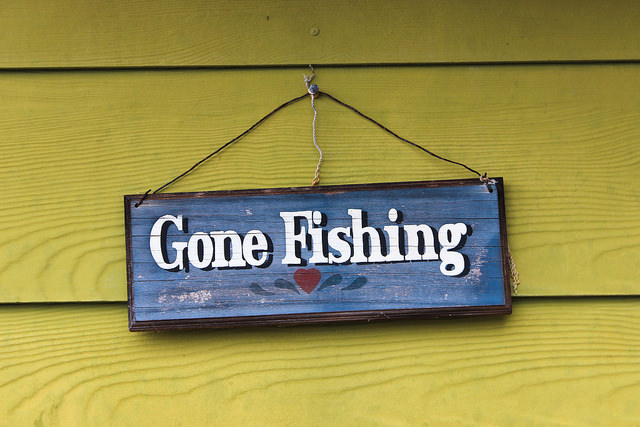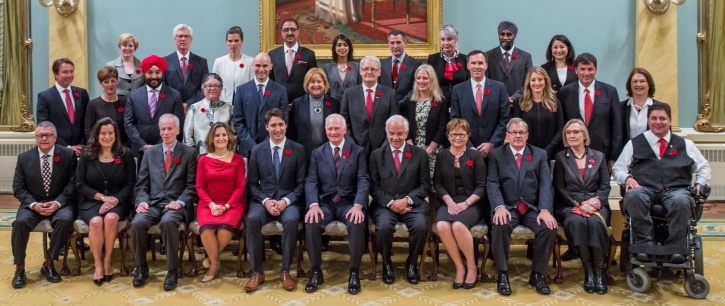Report from the Writing Trenches – November 2015
/My apologies for our absence last week, but it’s been a busy month of “all edits all the time” as Ann and I finished off our final post-critique team edits for LONE WOLF, the first book in our contacted trilogy for the FBI K-9 Mysteries with Kensington Books. Many, many thanks to our crit team extraordinaire― Lisa Giblin, Jenny Lidstrom, Rick Newton, and Sharon Taylor―for their insight into both the story and our writing. I even put a really tough question to them and they all came up with great ideas as to how to fix a problem we didn’t see, but they all identified. You guys are the best and you never fail to challenge us to be better writers!
I’m happy to say we handed LONE WOLF in to our editor yesterday, more than a week ahead of deadline. We’re both very happy with it, but with Peter Senftleben’s skilled assistance we’ll be able to make it even better. We’re very much looking forward to working with him on the manuscript.
If everything stays on schedule, LONE WOLF will release in just over a year, on November 29, 2016. Here’s the current blurb that outlines the book:
When a madman goes on a bombing spree, an FBI K-9 team of one woman and her dog is the key to stopping him before more innocents die and panic sweeps the Eastern seaboard.
Meg Jennings and her Labrador, Hawk, are one of the FBI’s top K-9 teams certified for tracking and search and rescue. When a bomb rips apart a government building on the National Mall in Washington D.C., it will take all the team’s skill to locate and save the workers and children buried beneath the rubble.
More victims die and fear rises as the unseen bomber continues his reign of terror, striking additional targets, ruthlessly bent on pursuing a personal agenda of retribution. Meg and Hawk join the task force dedicated to following the trail of death and destruction to stop the killer. But when the attacks spiral wide and no single location seems safe any longer, it will come down to a battle of wits and survival skills between Meg, Hawk, and the bomber they’re tracking. Can they stop him before he brings the nation to the brink of chaos?
So what’s next for us? We’re going to be starting right into the next book in the series. Meg Jennings and her search and rescue black Lab will be back, as will her team and all the main characters we’ll be meeting in LONE WOLF. But where LONE WOLF is a straight thriller, book two will have some definite mystery components. Here is the book’s preliminary back cover copy:
When a cryptic message arrives at FBI headquarters, agents will have only a few hours to solve the puzzle and scramble to save a victim who has already been buried alive.
A coded message is hand delivered to the Hoover Building in Washington D.C., taunting the FBI with the news of a victim, already buried alive, who will be dead within hours if they don’t act immediately. Once decoded, the message will supply the starting point for the search, but then it’s up to the Bureau’s K-9 teams to find the victim and save her life. But decoding the message takes too long, and by the time Meg Jennings and her Labrador Hawk discover the victim, she’s already dead. When the second message arrives several days later, Meg blatantly breaks Bureau protocol and shares vital evidence with her sister. Cara’s always been a genius with word games and Meg will deal with the consequences later, once a life has been saved. But as the messages continue to arrive, and as the number of victims rises, the team will have to fight to get ahead of the cryptic killer if they hope to stop him before more lives are lost.
This one is going to be a real nail biter and will become a very personal mission for Meg and the whole team. We’ll take some time to get ourselves organized for Christmas, but will likely fit some research into the holidays so we can really hit the ground running in the new year, once LONE WOLF is through its heaviest edits.
And for those who are curious, while we’ll be writing FBI K-9s #2 during the first half of the year, we’re hoping to start into Abbott and Lowell #6 during the latter part of the year as we intend to keep that series running concurrently with the FBI K-9s. Never a dull moment around here.
That’s it for our latest update. It’s going to be an exciting year ahead, with lots of work, but also the fun of new cover art and new launches. Stay tuned and we’ll bring you all the latest news as it arrives!
Photo credit: Dave McLear







 12.1%
12.1%